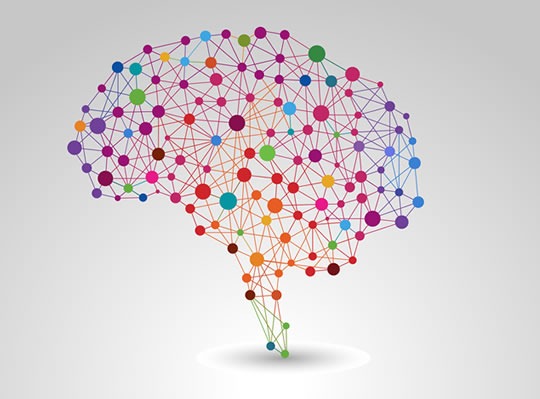
The procedure doesn’t require anaesthesia or sedation, taking around 40 minutes per session.
Transcranial magnetic stimulation (TMS) is an effective long-term treatment for depression, research finds.
TMS involves stimulating the brain using magnetic fields.
Magnetic pulses are directed towards the left prefrontal cortex, to stimulate areas of the brain linked to depression.
The pulses help to excite neurons at the site of stimulation and in other connected areas of the brain.
The magnetic pulses are similar to those used for MRI brain scans.
TMS has been cleared by the US Food and Drug Administration since 2008.
However, this is one of the first studies to look at its long-term effect.
Professor Philip G. Janicak, who led the study, said:
“This is the only prospective, maintenance, follow-up study which assesses the durability of acute TMS benefit in patients with major depression.”
Magnetic brain stimulation is a lot less scary than it sounds.
It doesn’t require anaesthesia or sedation, taking around 40 minutes per session.
People typically have it daily over 4 to 6 weeks.
Professor Janicak, who led the study, said:
“The results of the follow-up study further support TMS as a viable treatment option for patients with major depression who have not responded to conventional antidepressant medications.
After acute response to TMS, a standardized regimen of antidepressant medication maintained the acute benefit in the majority of patients over a six-month period.”
The study was published in the journal Brain Stimulation (Janicak et al., 2010).
Network brain image from Shutterstock








